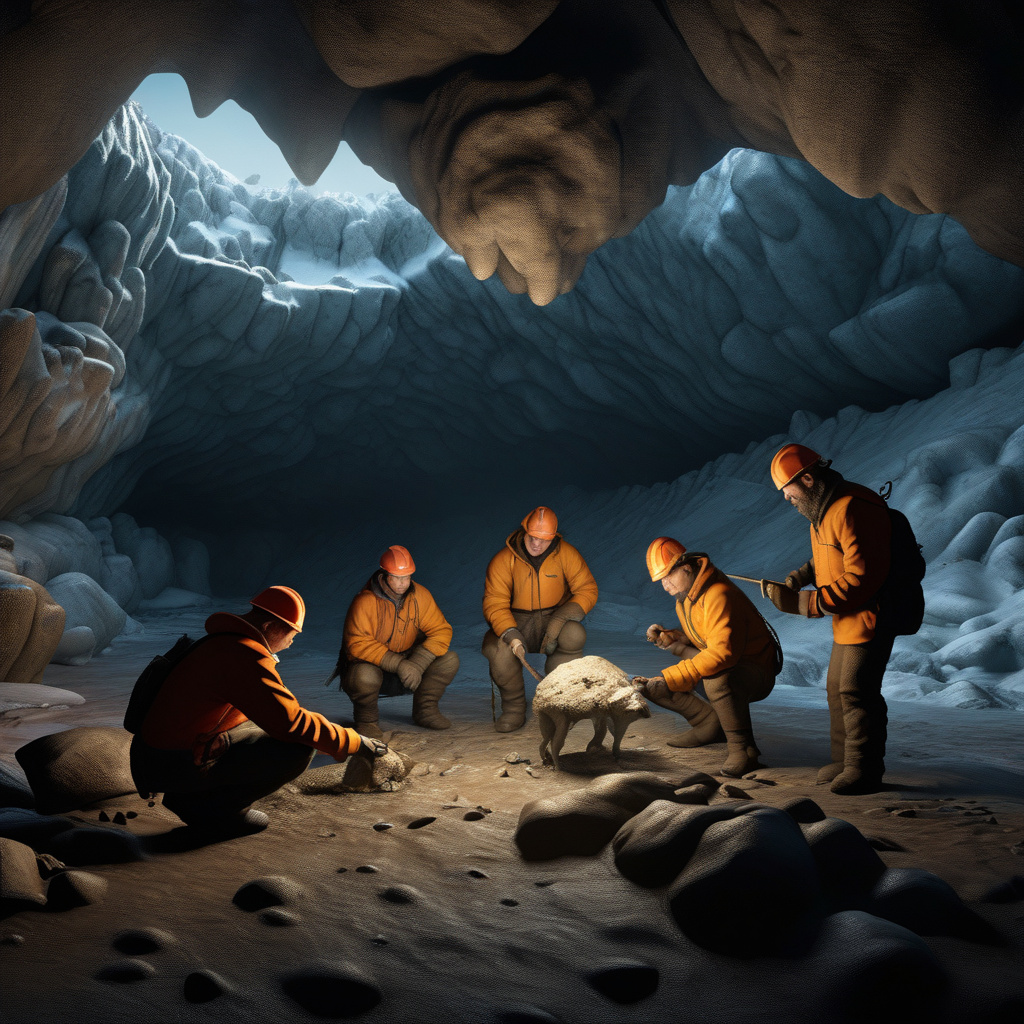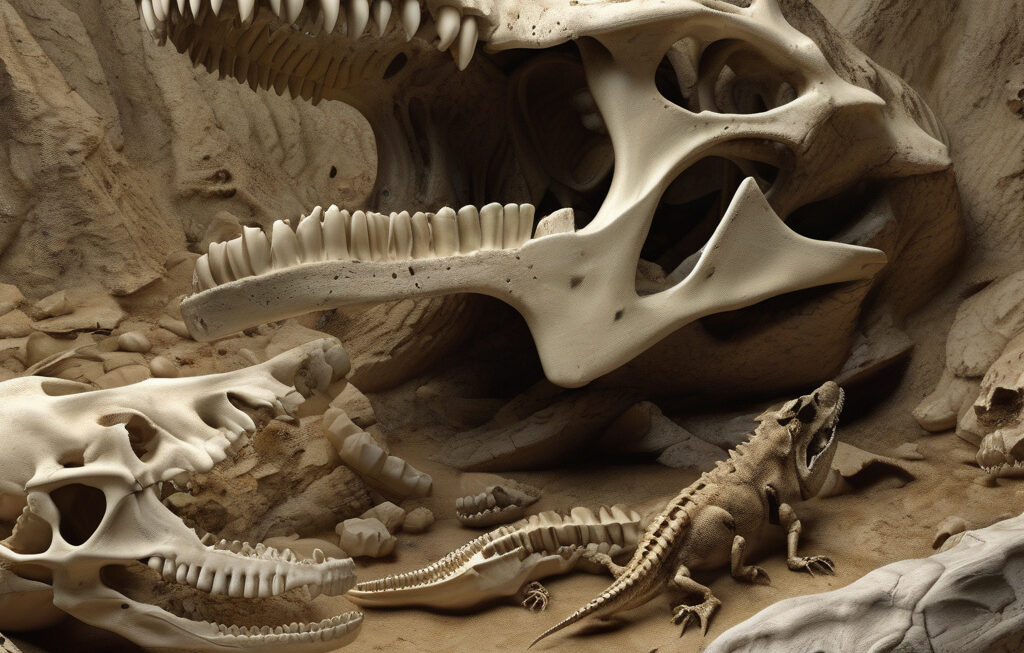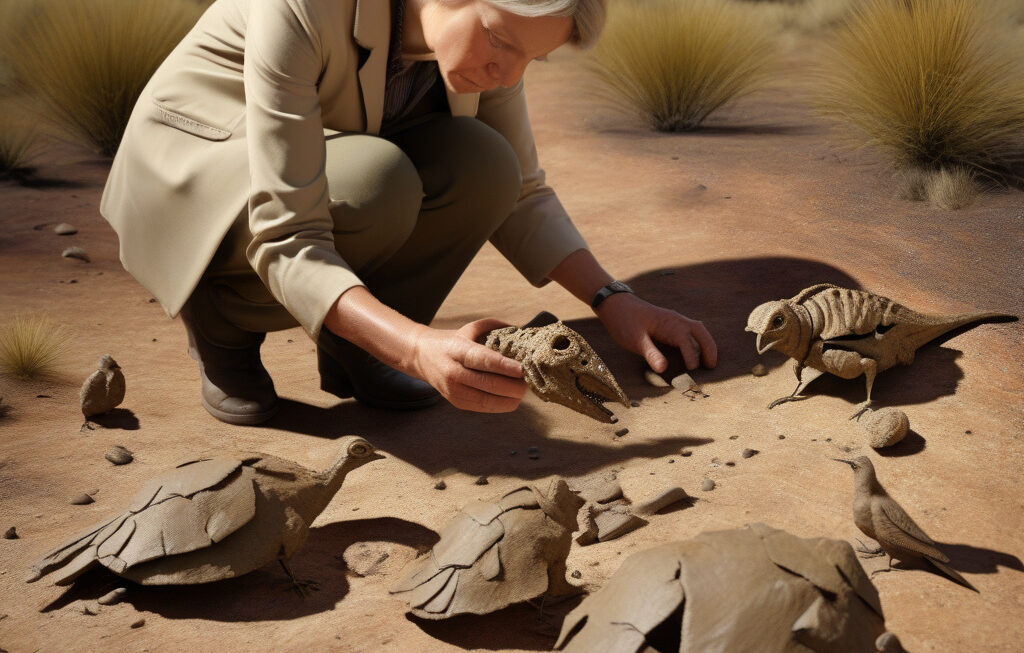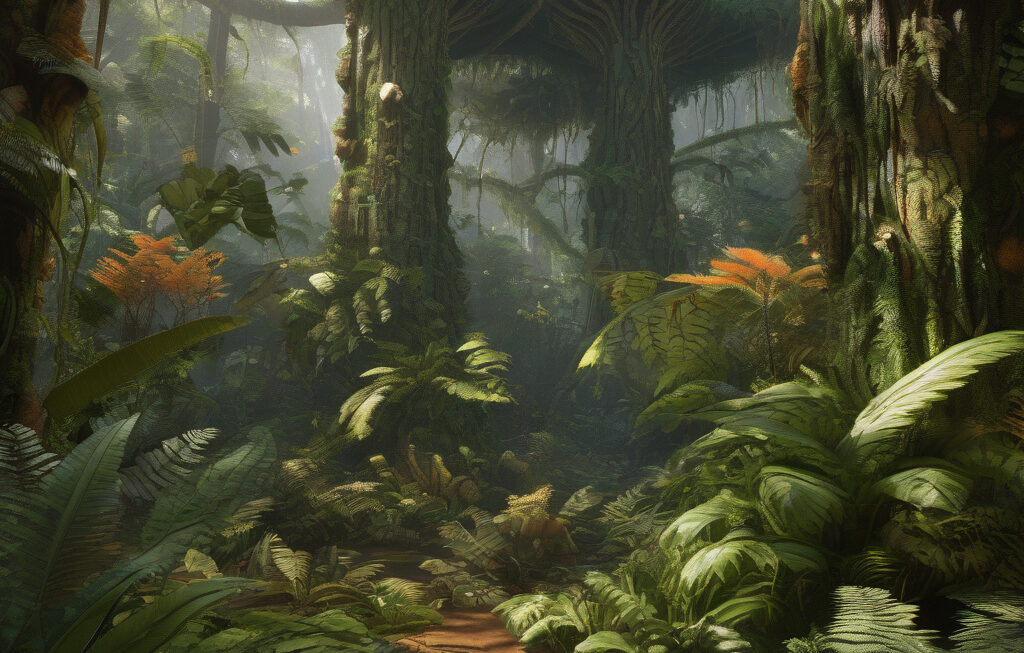Europe’s Oldest Arctic Animal Community Discovered in Norway Cave
The bones of a vast community of 46 animals in a 75,000-year-old cave in Norway have unveiled a remarkable discovery that sheds light on the ancient Arctic ecosystem. This finding, discovered by a team of researchers led by the University of Bergen, provides a unique glimpse into the biodiversity of the region during a time when the Earth was experiencing significant changes.
Among the animal remains found in the cave are those of reindeer, wolverines, brown bears, and Arctic foxes, showcasing a diverse community that thrived in what is now Norway during the last Ice Age. The well-preserved bones offer valuable insights into the behavior, diet, and interactions of these ancient creatures, painting a vivid picture of life in the Arctic thousands of years ago.
One of the most fascinating aspects of this discovery is the presence of species that are no longer found in the region today. For example, the cave holds the bones of the Arctic fox, a species that has long since disappeared from Norway but once roamed the icy landscapes alongside other now-extinct animals. By studying these remains, scientists can piece together the puzzle of how these species coexisted and adapted to their environment over millennia.
Furthermore, the discovery of such a large and diverse animal community in a single cave is a testament to the richness of the Arctic ecosystem in the past. It highlights the resilience of these creatures in the face of harsh environmental conditions and offers a glimpse into the interconnected web of life that sustained them. Understanding how these animals lived and survived in the Arctic can provide valuable lessons for conservation efforts today, especially as the region faces the challenges of climate change and habitat loss.
The research team used a combination of radiocarbon dating, DNA analysis, and isotope studies to unravel the mysteries hidden within the cave. By piecing together the genetic information from the animal remains, they were able to reconstruct the ancient food chains and relationships that existed in this prehistoric Arctic community. This multidisciplinary approach not only deepens our understanding of the past but also highlights the importance of collaboration in scientific research.
As we continue to uncover the secrets of Europe’s oldest Arctic animal community, it becomes clear that there is still much to learn about the history of our planet and the creatures that once roamed its icy landscapes. Each new discovery brings us closer to unraveling the mysteries of the past and offers valuable insights that can inform our actions in the present and future. By studying the remains of these ancient animals, we honor their legacy and gain a greater appreciation for the diversity and resilience of life on Earth.
In conclusion, the discovery of Europe’s oldest Arctic animal community in a 75,000-year-old cave in Norway is a testament to the richness and complexity of the region’s prehistoric ecosystem. By studying the well-preserved remains of reindeer, wolverines, brown bears, and other ancient creatures, scientists are gaining valuable insights into the biodiversity and dynamics of the Arctic during the last Ice Age. This discovery not only deepens our understanding of the past but also underscores the importance of conservation and preservation efforts to protect the fragile ecosystems of today and tomorrow.
#ArcticAnimals #NorwayCaveDiscovery #PrehistoricEcosystem #AncientBiodiversity #ClimateChangeImpacts












